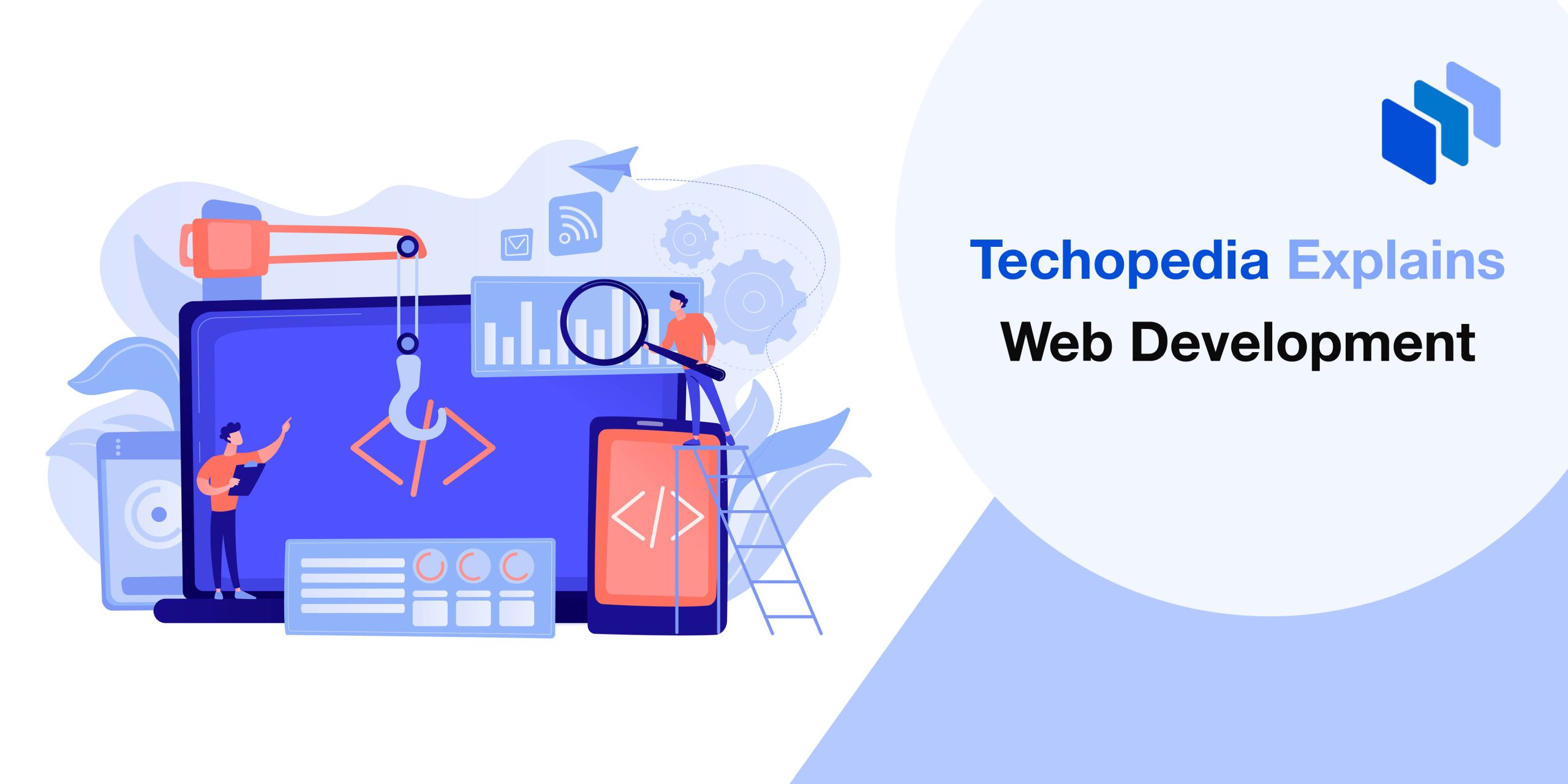
Mastering Programming: A Comprehensive Guide to Learning
Imagine you’re working on a cool project in Python, and you’ve written some code to create a love calculator. But when you try to run the code, the interpreter says, “Oops, there’s an error!” Don’t panic; making mistakes and getting errors is totally normal when learning to code in Python. It’s like solving a puzzle — you learn from figuring out what pieces don’t match and retrying.
This article will teach you about some common Python errors you might encounter when running your code and how to handle them. We’ll also explore the best ways to learn programming, covering various methods, resources, and tips to help you succeed.
Common Errors in Python
An error in Python is like a signal from your computer that something in your code doesn’t fit the rules of the Python language. It’s a way for the computer to say, “Hey, I don’t understand this part!”
Now, errors and exceptions are sometimes used interchangeably; however, there’s a slight difference between both terms. Errors are like roadblocks that stop your program from executing, while exceptions are like detours that change the normal flow of the program and return unexpected results.
Below are some common errors and exceptions in Python with code examples to help you recognize and understand them:
SyntaxError
This error occurs when the code violates Python’s syntax rules. It’s like making spelling or grammar mistakes in English language. Some common reasons for SyntaxError include misspelling a keyword or identifier, missing quotes, open parenthesis, and mismatched or missing punctuation.
NameError
A NameError in Python occurs when you attempt to use or access a variable, function, or module name that has not been defined yet or is out of scope.
IndentationError
An IndentationError occurs when the spaces at the beginning of a code line do not follow expected patterns.
TypeError
A TypeError occurs when an operation is performed or a function is applied on an object of an inappropriate type.
ValueError
In Python, a ValueError is raised when a built-in operation or function receives an argument that has the right type but an inappropriate value.
KeyError
In Python, KeyError occurs when a program tries to access a key in a dictionary that doesn’t exist.
IndexError
This is another common error that occurs when you try to access an element in a list, tuple, or any other sequence using an invalid index.
ZeroDivisionError
In Mathematics, dividing by zero is undefined because we can’t share among zero people. Python agrees with Mathematics, that’s why it raises a ZeroDivisionError whenever you attempt to divide a number by zero.
FloatingPointError
A FloatingPointError in Python refers to the inaccuracies that can occur when working with the floating-point numbers, due to the limitations of computer hardware in representing these numbers with finite precision.
UnboundLocalError
A local variable is created when a function starts its execution and is only accessible within that specific function. Then, it is lost when the function ends, and its scope is limited to the function in which it is defined.
ImportError
In Python, an ImportError occurs when the import statement fails to import a module.
ModuleNotFoundError
When you encounter a ModuleNotFoundError in Python, it means that the import statement has failed to find the specified module.
FileNotFoundError
This error occurs when you attempt to open a non-existent file.
PermissionError
PermissionError, also known as [Errno 13], occurs when a file or directory cannot be accessed due to permission restrictions.
How to Handle Exceptions in Python
Below are some ways to catch errors in Python before they halt the execution of your code:
Try-Except Statements
The try-except statement is the most common way to test your code for errors and handle the error.
Specifying the Exception
It is always good practice to mention specific exceptions whenever possible instead of using a bare ’except’ clause.
Using ‘finally’ Keyword
The ‘finally’ keyword is very helpful for maintaining code reliability and performing cleanup tasks like closing files or releasing resources.
Best Ways to Learn Programming
Learning to program is a valuable skill in today’s digital world. Whether you aim to become a software developer, data scientist, or simply want to automate tasks, mastering programming can open numerous opportunities.
The journey to becoming proficient in programming can be challenging but highly rewarding. Here are some of the best ways to learn programming, covering various methods, resources, and tips to help you succeed:
1. Choosing the Right Programming Language
Before diving into programming, it’s crucial to determine why you want to learn to program. Different languages are suited to different purposes. For instance:
- Web Development: HTML, CSS, JavaScript, PHP, Ruby, Python.
- Mobile Development: Swift (iOS), Kotlin (Android).
- Data Science and Machine Learning: Python, R.
- System Programming: C, C++.
- Game Development: C#, C++, Unity, Unreal Engine.
2. Online Courses and Tutorials
MOOCs seem to be the most effective and popular way to learn to program. Structured courses, with video lectures, exercises, and community can help in learning. Some of the famous MOOC platforms include:
- Coursera: Provides courses from top universities/companies. Notable courses include Python for Everybody by the University of Michigan.
- edX: Courses in conjunction with institutions like MIT and Harvard; highly recommended is CS50’s Introduction to Computer Science by Harvard.
- Udacity: Known for Nanodegree programs, which are project-based and industry-focused.
3. Books and eBooks
Books really go deep into things and are often very useful as reference material. Here are some classic books on programming:
- “Automate the Boring Stuff with Python” by Al Sweigart: Good for beginners to get started and use Python in practical problems.
- “Eloquent JavaScript” by Marijn Haverbeke: Quite an excellent book to introduce the basics of the JavaScript language.
- “The Pragmatic Programmer” by Andrew Hunt and David Thomas: Techniques and best practices of general programming.
4. Practice and Projects
Building projects is one of the best ways to apply what you’ve learned and gain practical experience:
- Web Development Projects: Create websites, web apps, or contribute to open-source projects.
- Data Science Projects: Analyze datasets, build machine learning models, or participate in Kaggle competitions.
- Mobile Apps: Develop apps for Android or iOS and publish them on app stores.
5. Bootcamps and Immersive Programs
Coding bootcamps are intensive, short-term programs designed to teach you programming skills quickly:
- General Assembly: Offers full-time and part-time courses in web development, data science, and more.
- Flatiron School: Known for its rigorous curriculum and job placement support.
- Le Wagon: Focuses on web development with a practical, project-based approach.
6. Mentorship and Community
Having a mentor can provide guidance, support, and valuable industry insights:
- Meetup Groups: Attend local tech meetups to network with experienced developers.
- LinkedIn: Connect with professionals in your field of interest and seek mentorship.
- Online Forums: Platforms like Reddit and Stack Overflow have communities where you can ask questions and find mentors.
7. Formal Education
A computer science degree provides a comprehensive understanding of programming, algorithms, data structures, and more:
- Bachelor’s Degree: Typically a 4-year program covering various aspects of computer science.
- Master’s Degree: Advanced study focusing on specialized areas like AI, cybersecurity, or software engineering.
8. Consistency and Persistence
Setting realistic and achievable goals can help you stay focused and motivated. Break down your learning journey into smaller milestones and celebrate your progress.
9. Experiment and Innovate
Don’t limit yourself to a single domain. Explore different areas of programming to discover what you enjoy most. Whether it’s web development, data science, or game development, experimenting with different domains can broaden your skills and perspectives.
10. Continuous Learning
The field of programming is constantly evolving, with new languages, frameworks, and tools emerging regularly. Stay updated with the latest trends and advancements by following blogs, attending webinars, and participating in tech conferences.
Python programming
 Data Science
Data Science
 Web Development
Web Development
Conclusion
Mastering programming is a journey that requires dedication, practice, and a willingness to embrace challenges. By leveraging the various methods and resources outlined in this article, you can find the approach that works best for you.
Whether you prefer structured courses, hands-on projects, or collaborative learning, there are numerous ways to develop your programming skills. Remember to stay persistent, set realistic goals, and continuously seek new learning opportunities.
With the right mindset and resources, you can master various languages and unlock the best ways to learn programming.















